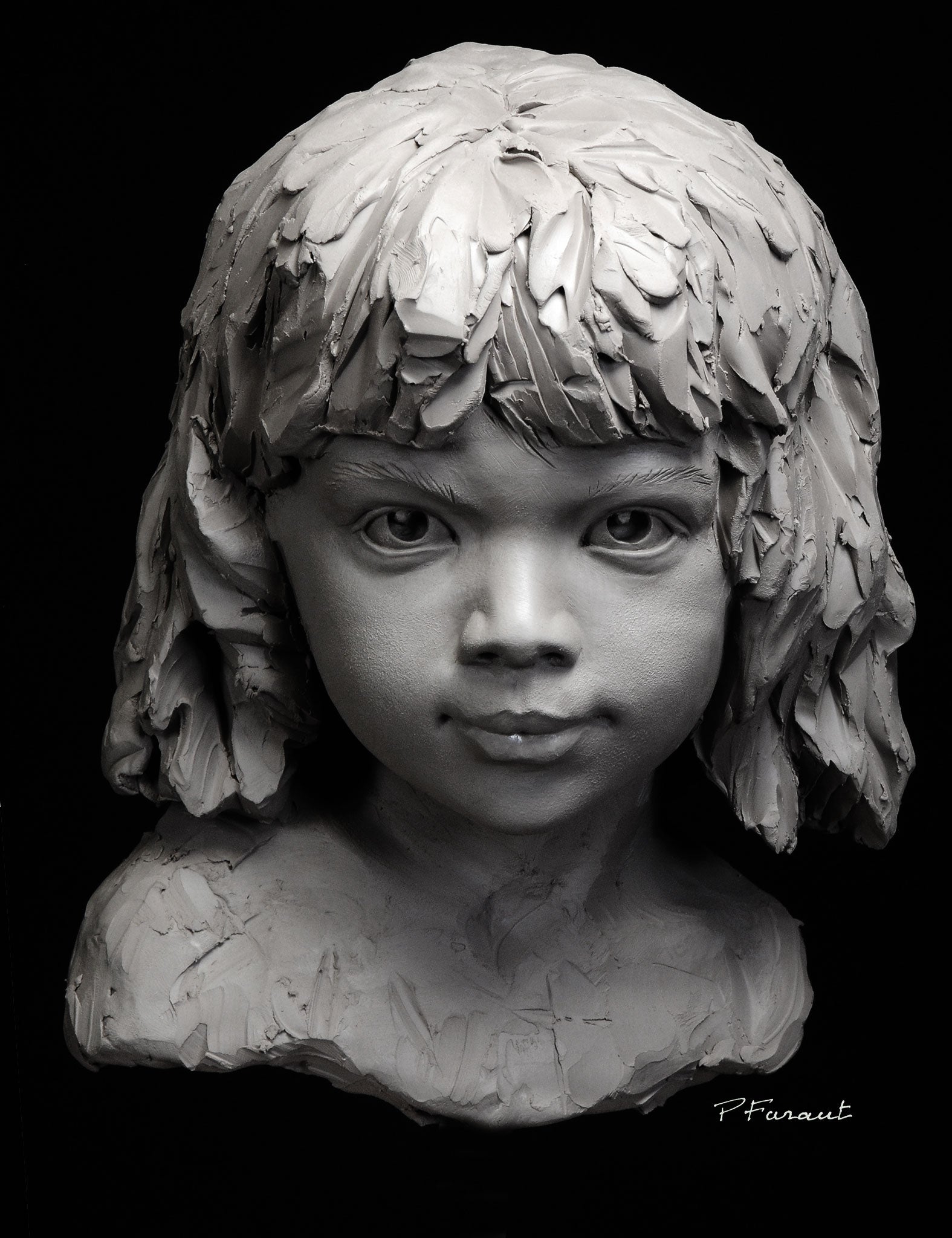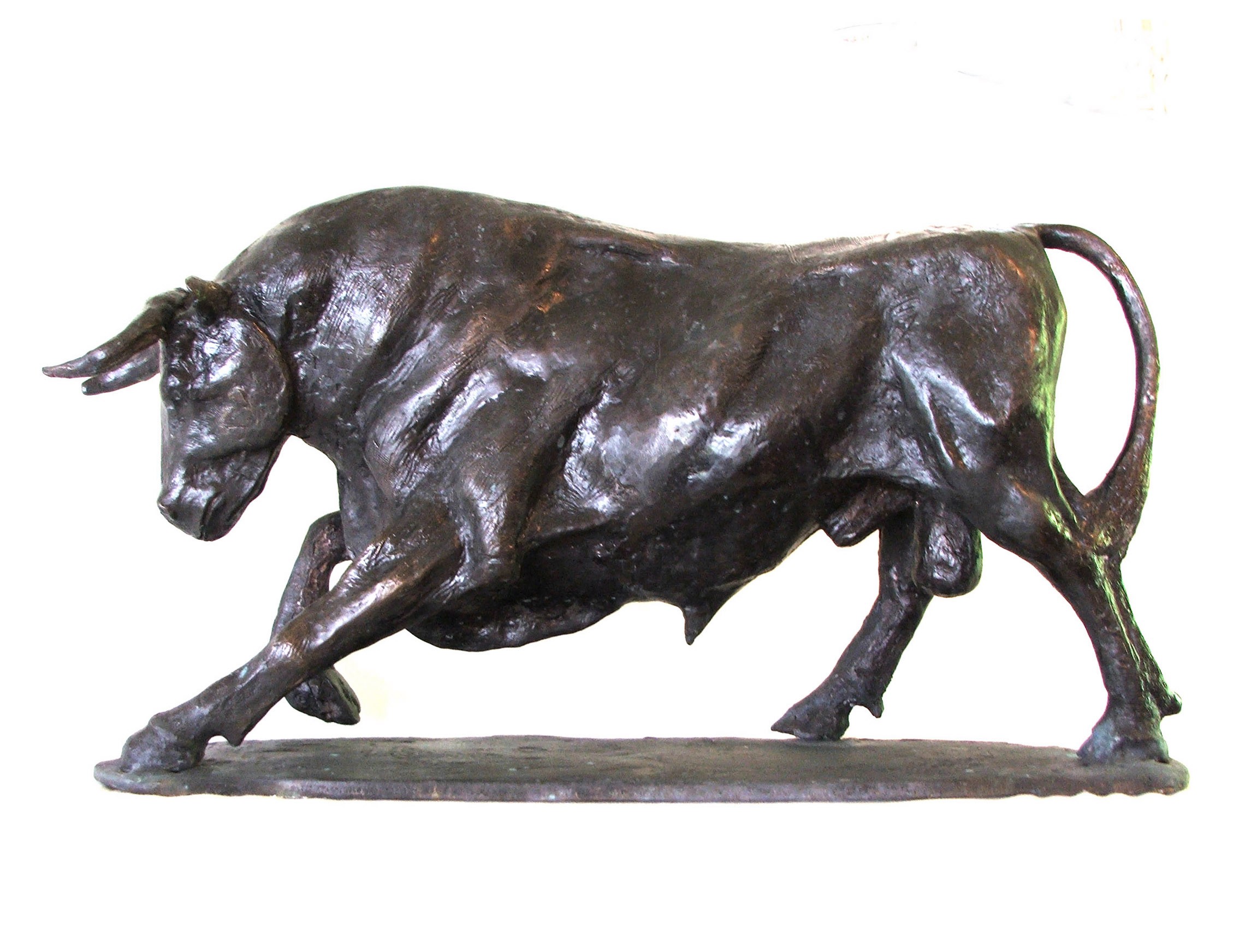Poise moving: Discover the Elegance of Equine Sculptures
Wiki Article
Sculpting the Human Form: Representations of the Body in Sculpture
Sculpting the Human Type: Representations of the Body in Sculpture is a comprehensive exploration of the imaginative depiction of the human body throughout history. From the splendid marble sculptures of old Greece to the intricate masterpieces of the Renaissance, from the flamboyant and elaborate Baroque and Rococo sculptures to the avant-garde and abstract expressions of contemporary and modern sculpture, this event offers a fascinating journey with the advancement of this classic art form.Old Greek Sculptures

One of the defining attributes of Old Greek sculptures is their focus on symmetry. Each part of the body is carefully crafted to be symmetrical to the entire, developing a feeling of balance and harmony. The sculptors paid cautious interest to every information, from the positioning of muscles to the positioning of limbs, guaranteeing that each figure appeared both effective and stylish.
Rather than illustrating the blemishes and defects of the human kind, they looked for to create an idyllic variation of reality. The sculptures typically represented sirens, professional athletes, and gods, with their bodies shaped to excellence.
Renaissance Masterpieces
Continuing the exploration of the representation of the human kind in sculpture, Renaissance masterpieces even more fine-tune the idyllic principle of elegance, structure upon the harmonious and in proportion percentages of their Old Greek precursors. Throughout the Renaissance duration, which extended from the 14th to the 17th century in Europe, musicians looked for to revive the classical ideals of ancient Greece and Rome. They examined and mimicked the jobs of the old masters, making every effort for a realistic representation of the human body.
Among one of the most popular Renaissance carvers was Michelangelo Buonarroti. His masterpiece, the sculpture of David, exemplifies the perfection and elegance that ended up being associated with Renaissance art. Standing at over 17 feet tall, the sculpture depicts the biblical hero in a state of calm before his battle with Goliath. David's muscle figure, recorded with phenomenal information, discloses the musician's proficiency of human composition.
One more noteworthy Renaissance sculptor was Donatello. His sculpture of Saint George, developed in the very early 15th century, showcases the artist's capability to convey strength and the aristocracy with the human type. The statue depicts the epic dragon-slaying saint in a positioned and certain stance, showing a feeling of heroism.
Renaissance work of arts not just commemorated the physical elegance of the body yet additionally communicated much deeper feelings and significances. Via their careful attention to information and proficient craftsmanship, Renaissance artists raised the art of sculpture to brand-new heights, leaving a long-term tradition that remains to influence musicians to this particular day.
Baroque and Rococo Sculpture
Rococo and baroque sculpture exemplifies the elaborate and luxurious portrayal of the human kind during the 17th and 18th centuries. Identified by its dramatic and vibrant design, Baroque sculpture intended to mesmerize visitors through its majesty and emotional intensity. Musicians such as Gian Lorenzo Bernini and Alessandro Algardi created sculptures that communicated activity, frequently illustrating numbers in dramatic presents. The usage of light and shadow additionally boosted the sense of drama, producing a staged effect.
Rococo sculpture, on the other hand, became a response to the grandiosity of the Baroque period. It accepted an extra playful and delicate method, concentrating on ornamental information and detailed layouts. François Boucher and Jean-Baptiste Pigalle were popular Rococo carvers who crafted works defined by their beauty and appeal. They typically depicted numbers in sensual and graceful poses, reflecting the lighthearted and whimsical nature of the Rococo design.
Both Rococo and baroque sculpture put a fantastic emphasis on the human kind, commemorating its appeal and revealing a variety of feelings - Portrait Sculptor. Whether it was the vibrant and effective numbers of the Baroque or the stylish and enchanting numbers of the Rococo, these sculptures caught the essence of the human experience, leaving a lasting influence on the art world
Modern and Contemporary Sculpture
The evolution of forming the human type continues in contemporary and modern-day sculpture. With the development of new products and methods, artists have actually pushed the borders of representation, testing conventional notions of type and beauty. Modern sculpture arised in the late 19th century as a reaction to the changing political and social landscape. Artists such as Auguste Rodin and Constantin Brancusi looked for to capture the significance of the human form, stressing emotion and motion. Rodin's "The Thinker" and Brancusi's "Bird precede" are famous examples of this duration.In the 20th century, the increase of abstraction and theoretical art brought new possibilities for carvers. Musicians like Henry Moore and Barbara Hepworth checked out the relationship between type and area, producing abstracted and natural figures that challenged conventional ideas of depiction. Moore's significant bronze sculptures and Hepworth's carved rock jobs are commemorated for their cutting-edge use of materials and their capability to evoke a feeling of the body in a non-literal means.
Contemporary sculpture remains to press the borders of representation and explore new materials and techniques. Artists like Antony Gormley and Ron Mueck create hyper-realistic sculptures that challenge our understanding of the human body, while others, such as Louise Bourgeois and Kiki Smith, utilize the body as a metaphor for personal and collective experiences. The human type stays a powerful subject in sculpture, offering a platform for artists to explore identity, feeling, and the human problem.
Social Viewpoints on the Body

In the expedition of shaping the human form, the examination of social point of views on the human body exposes a varied and rich tapestry of interpretations and depictions. Throughout background, different cultures have actually held special beliefs and worths pertaining to the human body, resulting in distinctive creative expressions - Equine Sculptures. These social viewpoints form the way the human body is portrayed and viewed in sculpture, mirroring social standards, spiritual beliefs, and aesthetic ideals
For example, old Greek sculptures commemorated the idyllic human kind, stressing physical beauty and athleticism. The sculptures portrayed gods, heroes, and athletes with completely proportioned bodies, symbolizing the Greek idea of physical perfection. On the other hand, ancient Egyptian sculptures focused on the preservation of the body in the afterlife, portraying figures with idealized features and rigid postures. The Egyptians believed that the body should be offered in a manner that guaranteed its infinite presence.
In a similar way, social perspectives on the human body in African art often stress public identity and spiritual beliefs (Portrait Sculptor). Sculptures from numerous African cultures depict the body with exaggerated features, signifying cultural values and genealogical connections. Indigenous societies in the Americas likewise have distinct viewpoints on the body, frequently showing it in a spiritual context Get More Information and highlighting the connection in between humans and nature
The exam of cultural viewpoints on the human body in sculpture permits us to acquire understanding into the worths, beliefs, and aesthetics of various societies throughout background. It highlights the diversity of human experiences and the methods which art reflects and shapes our understanding of the human kind.
Final Thought
In conclusion, the portrayal of the body in sculpture has evolved with time, showing different social perspectives and creative activities. From the idealized numbers of Old Greek sculptures to the stirring and practical Renaissance work of arts, and the intricate details of Baroque and Rococo sculptures, to the abstract and experimental types of contemporary and modern sculpture. The body has actually been a topic of fascination and imaginative exploration throughout background, showcasing the diverse interpretations and expressions of the human form.Shaping the Human Form: Representations of the Body in Sculpture is a comprehensive expedition of the artistic depiction of the human body throughout background. From the charming marble sculptures of ancient Greece to the complex work of arts of the Renaissance, from the luxuriant and flamboyant Baroque and Rococo sculptures to the avant-garde and abstract expressions of contemporary and modern sculpture, this exhibition uses a captivating journey via the evolution of this ageless art kind. Artists like Antony Gormley and Ron Mueck produce hyper-realistic sculptures that test our assumption of the human body, while others, such as Louise Bourgeois and Kiki Smith, use the body as a metaphor for individual and cumulative experiences. The human type continues to be a powerful subject in sculpture, supplying a system for musicians to explore identity, feeling, and the human problem.
From the idyllic numbers of Ancient Greek sculptures to the reasonable and stirring Renaissance masterpieces, and the elaborate details of Baroque and Rococo sculptures, to the abstract and speculative kinds of modern-day and modern sculpture.
Report this wiki page